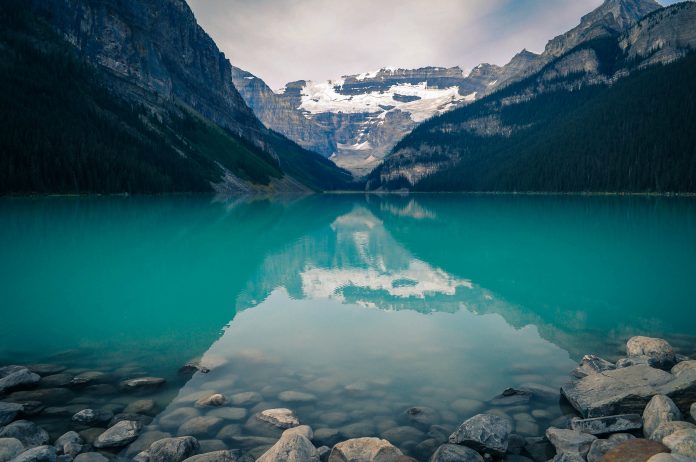To identify circles, ellipses, or in general, any shape in which the pixels are connected we use the SimpleBlobDetector() function of OpenCV. In non-technical terms, a blob is understood as a thick liquid drop. Here, we are going to call all shapes a blob. Our task is to detect and recognize whether the blob is a circle or not.
OpenCV provides a convenient way to detect blobs and filter them based on different characteristics. There are various different parameters that control the identification process and the results. The important parameters used for this project are:
- Filter by Area – This is to avoid any identification of any small dots present in the image that can be wrongly detected as a circle.
- Filter by Circularity – This helps us to identify, shapes that are more similar to a circle.
Circularity =.
A true circle has a circularity of 1, a square has a circularity near 78%.
- Filter by Convexity – Concavity in general, destroys the circularity. More is the convexity, the closer it is to a close circle.
- Filter by Inertia – Objects similar to a circle has larger inertial.E.g. for a circle, this value is 1, for an ellipse it is between 0 and 1, and for a line it is 0. To filter by inertia ratio, set filterByInertia = 1, and set, 0 <= minInertiaRatio <= 1 and maxInertiaRatio (<=1 ) appropriately.
Below is the code for identifying Circles:
Python3
import cv2import numpy as np # Load image # Set our filtering parameters# Initialize parameter setting using cv2.SimpleBlobDetectorparams = cv2.SimpleBlobDetector_Params() # Set Area filtering parametersparams.filterByArea = Trueparams.minArea = 100 # Set Circularity filtering parametersparams.filterByCircularity = True params.minCircularity = 0.9 # Set Convexity filtering parametersparams.filterByConvexity = Trueparams.minConvexity = 0.2 # Set inertia filtering parametersparams.filterByInertia = Trueparams.minInertiaRatio = 0.01 # Create a detector with the parametersdetector = cv2.SimpleBlobDetector_create(params) # Detect blobskeypoints = detector.detect(image) # Draw blobs on our image as red circlesblank = np.zeros((1, 1)) blobs = cv2.drawKeypoints(image, keypoints, blank, (0, 0, 255), cv2.DRAW_MATCHES_FLAGS_DRAW_RICH_KEYPOINTS) number_of_blobs = len(keypoints)text = "Number of Circular Blobs: " + str(len(keypoints))cv2.putText(blobs, text, (20, 550), cv2.FONT_HERSHEY_SIMPLEX, 1, (0, 100, 255), 2) # Show blobscv2.imshow("Filtering Circular Blobs Only", blobs)cv2.waitKey(0)cv2.destroyAllWindows() |
Output:









